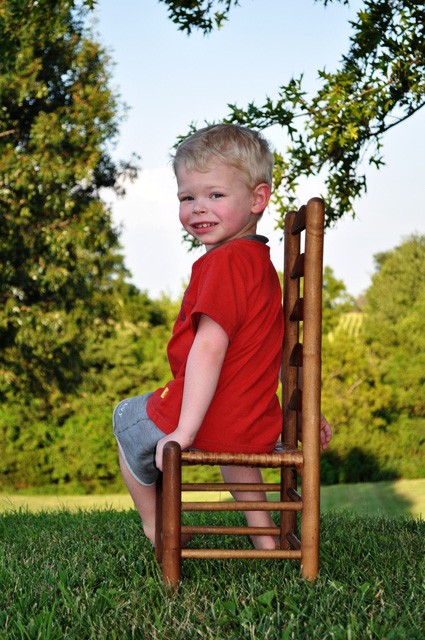eilla05
TPF Noob!
- Joined
- Aug 9, 2010
- Messages
- 144
- Reaction score
- 3
- Location
- Kentucky
- Can others edit my Photos
- Photos OK to edit
I just did a photo shoot with my 3 year old to get some practice with my camera  And I can already tell that I had the F-stop set incorrectly as they are overexposed, but I can fix them with editing. My question is how much editing do you typically do to a photo? I got some great shots but like I said overexposed!
And I can already tell that I had the F-stop set incorrectly as they are overexposed, but I can fix them with editing. My question is how much editing do you typically do to a photo? I got some great shots but like I said overexposed!
Care to post some pictures that you have snapped in unedited format and the post the edited version?
Thanks!
Care to post some pictures that you have snapped in unedited format and the post the edited version?
Thanks!







![[No title]](/data/xfmg/thumbnail/33/33339-c5b461af62b32f6b6529f1b334d818ba.jpg?1734163231)



![[No title]](/data/xfmg/thumbnail/41/41760-e5b9dc90c1289f677ce3ca9dc1fa6dde.jpg?1734176066)




